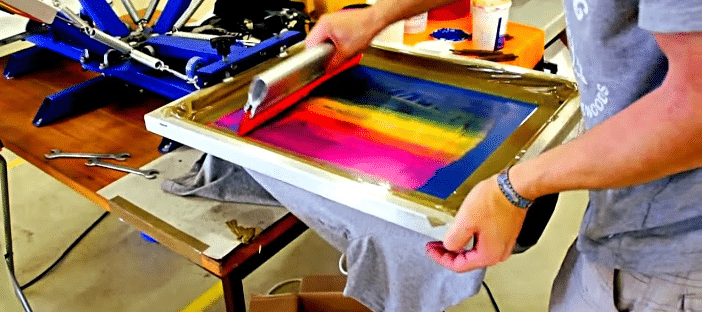
Sustainability in Screen Printing: Embracing Eco-Friendly Practices for a Greener Future
Screen printing, a popular printing technique, holds immense potential for promoting sustainability in the printing industry. With growing environmental concerns, it is crucial for screen printers to adopt eco-friendly practices that minimize their carbon footprint. This blog post will delve into the realm of sustainability in screen printing, exploring various eco-friendly options and practices available to reduce environmental impact. From utilizing water-based inks to recycling screens and implementing waste reduction strategies, we will uncover how screen printers can contribute to a greener future.
1. Water-Based Inks: Revolutionizing the Industry
One of the most significant advancements in sustainable screen printing is the adoption of water-based inks. Unlike traditional plastisol inks, water-based inks are free from harmful chemicals such as phthalates and PVC. They are also non-toxic, biodegradable, and eco-friendly. Furthermore, water-based inks offer vibrant color options, soft hand feel, and excellent breathability on fabrics. By transitioning to water-based inks, screen printers can significantly reduce their environmental impact while delivering high-quality prints.
2. Recycling Screens: Minimizing Waste
The process of screen reclamation and recycling offers a sustainable solution to reduce waste in screen printing. By utilizing emulsion removers, degreasers, and pressure washers, printers can reclaim screens effectively. Reclaimed screens can then be used for future print runs, minimizing the need for new screens. Additionally, screen printers can explore partnerships with recycling companies that specialize in repurposing aluminum or wooden frames, further contributing to waste reduction efforts.
3. Waste Reduction Strategies: Going Beyond the Basics
Implementing waste reduction strategies is crucial in promoting sustainability in screen printing. Some effective approaches include using precise color mixing to minimize ink waste, optimizing design placement on the screen to reduce misprints, and practicing efficient ink cleanup procedures. By being mindful of ink usage, printers can significantly reduce their environmental impact and cut down on costs.
4. Energy-Efficient Practices: Lowering Carbon Footprint
Screen printers can adopt energy-efficient practices to minimize their carbon footprint. This can include using energy-saving equipment, such as LED exposure units and eco-friendly dryers. Additionally, optimizing production schedules and streamlining workflow can lead to reduced energy consumption.
5. Collaboration and Education: Spreading Awareness
Collaboration and education play a vital role in promoting sustainability in screen printing. Screen printers can join industry associations and organizations that focus on sustainability, attending workshops, and conferences to stay updated on the latest eco-friendly practices. Sharing knowledge and experiences with peers can create a ripple effect, inspiring others to embrace sustainable practices.
Sustainability in screen printing is not just a responsibility; it’s an opportunity to make a positive impact on the environment. By adopting eco-friendly practices such as using water-based inks, recycling screens, reducing waste, and embracing energy-efficient methods, screen printers can contribute to a greener future. Sustainable screen printing not only benefits the planet but also enhances the reputation of businesses, attracting eco-conscious clients. Let us strive to make sustainability an integral part of the screen printing industry, embracing innovative techniques and practices that promote environmental stewardship.










